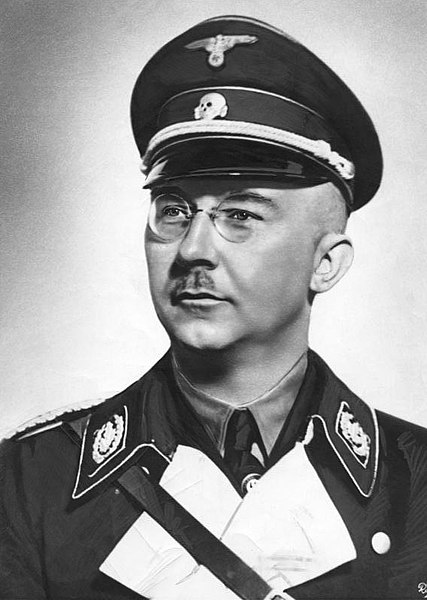
In a notable development, Heinrich Himmler's former lakeside villa in Bavaria has undergone a significant transformation into a hotel and restaurant. The owner of the property envisions it as a
center of peace and inclusion, even contemplating the possibility of involving members of the Jewish community in its management.
Heinrich Himmler, infamous as the head of the SS and the primary architect behind the Holocaust, acquired this opulent villa in 1934. Situated beside the picturesque Tegernsee Lake, it served as both a holiday retreat and a meeting place for high-ranking Nazis. Himmler initiated extensive renovations on the property, including the construction of an air raid shelter.
Located approximately 30 miles south of Munich, the villa has recently been reborn as a "Blyb," a combined hotel and restaurant.
Owner Florian Zibert aspires to transform this historically significant site into a hub of peace, tolerance, and inclusion. However, this noble objective has been met with criticism from Sacha Stawski, the chairman of the German-Israeli Congress, who believes that the villa should have been preserved as a memorial or museum to educate the public about Himmler's heinous actions.
In response, Zibert expressed his desire to involve a diverse group of individuals in shaping the villa's future. He emphasized, "Eventually we would like to form a kind of advisory board made up of people from the Jewish community, people of color, people from very different backgrounds, people who live here and elsewhere." He also acknowledged the sensitivity surrounding the site and the reservations some may have about its current use as a hotel and restaurant.
The villa, dating back to 1892, occupies a 20,000-square-meter piece of land. After Hitler's rise to power in 1933, the Tegernsee valley became a favored resort destination for high-ranking Nazis, hosting figures like Joseph Goebbels and Martin Bormann.
Zibert explained that they had not actively sought a property for a hotel and had not considered one previously owned by Himmler. Instead, the opportunity to lease the villa came from the Bavarian state, prompting deep reflection on their responsibilities as members of the local community.
Heinrich Himmler met his demise in May 1945, when he was captured by advancing Allied forces and subsequently committed suicide in British custody. In the same month, the Third US Army reached the Tegernsee Valley and took possession of the villa. Following the war, it returned to public ownership and has since served various purposes, including as a clinic, sanatorium, health farm, and corporate conference center.
Zibert emphasized their mission to foster openness and tolerance in the transformed space, attempting to reconcile its dark history with a commitment to a brighter future.
While the transformation of Himmler's former villa has been met with criticism from some quarters, Zibert remains steadfast in his vision of promoting inclusivity and understanding at this historically significant location. The debate surrounding the villa's new purpose underscores the ongoing importance of reckoning with the past and striving for a more tolerant and peaceful world. Photo by Bundesarchiv, Bild 183-R99621 / CC-BY-SA 3.0, Wikimedia commons.







































